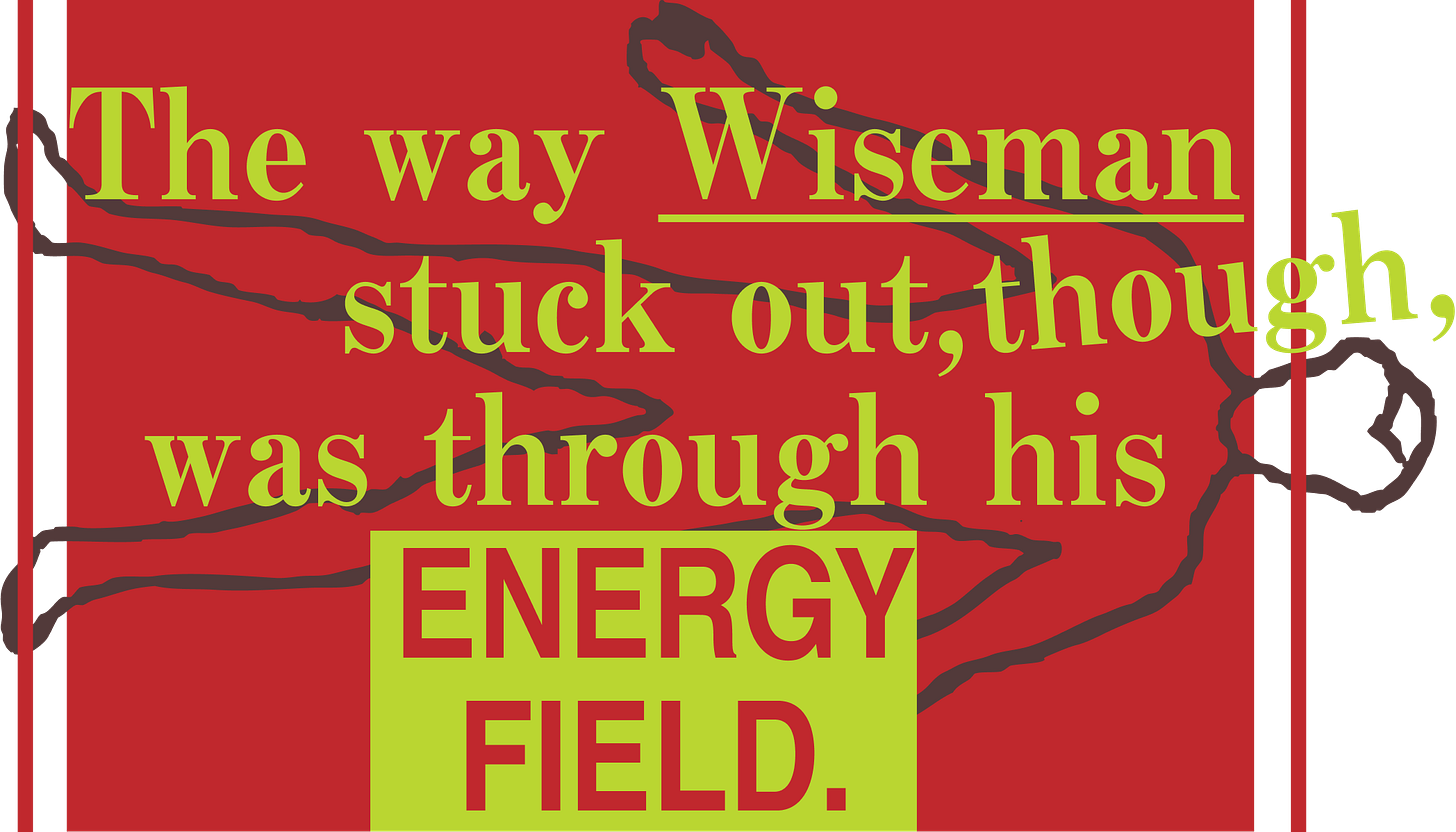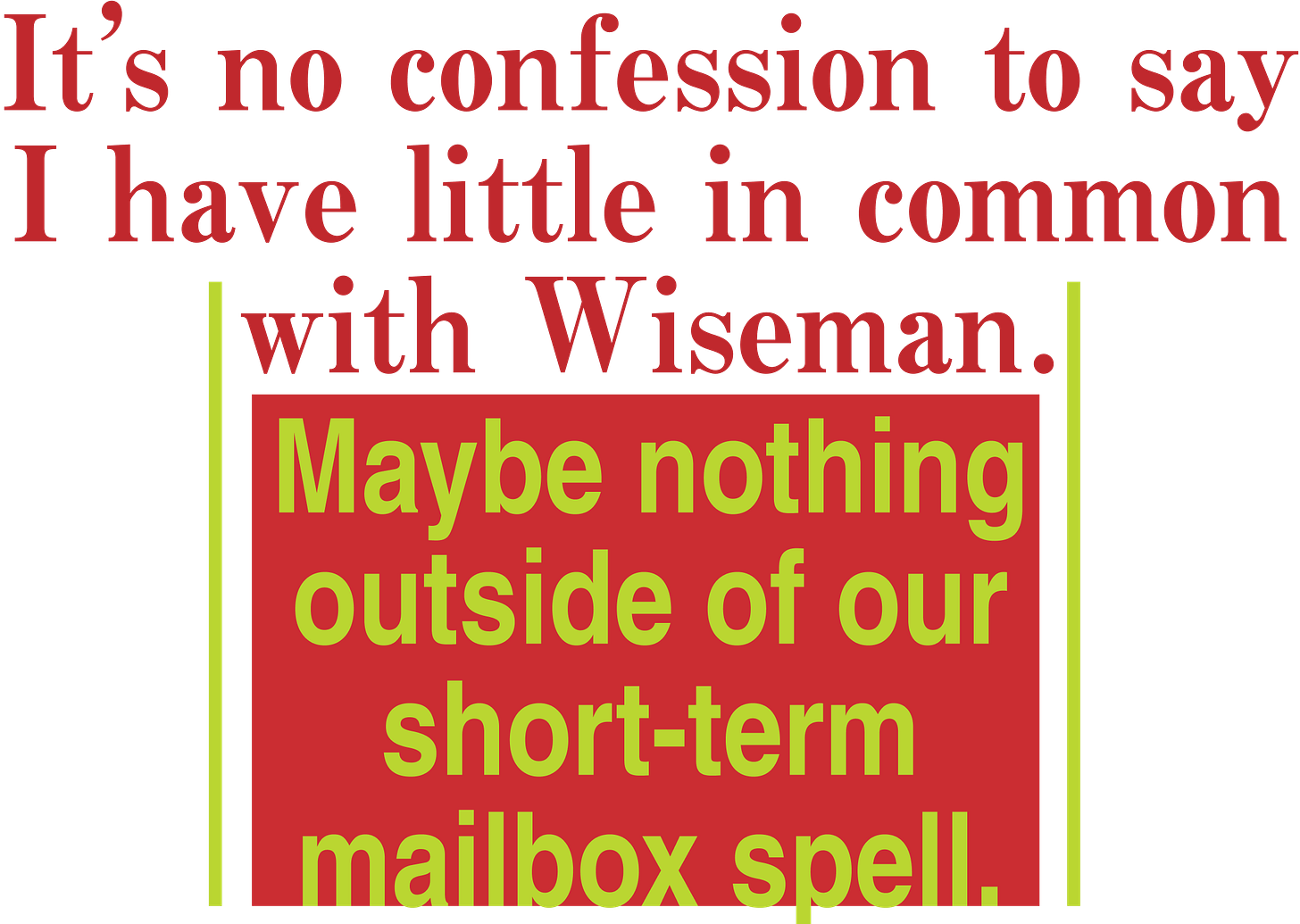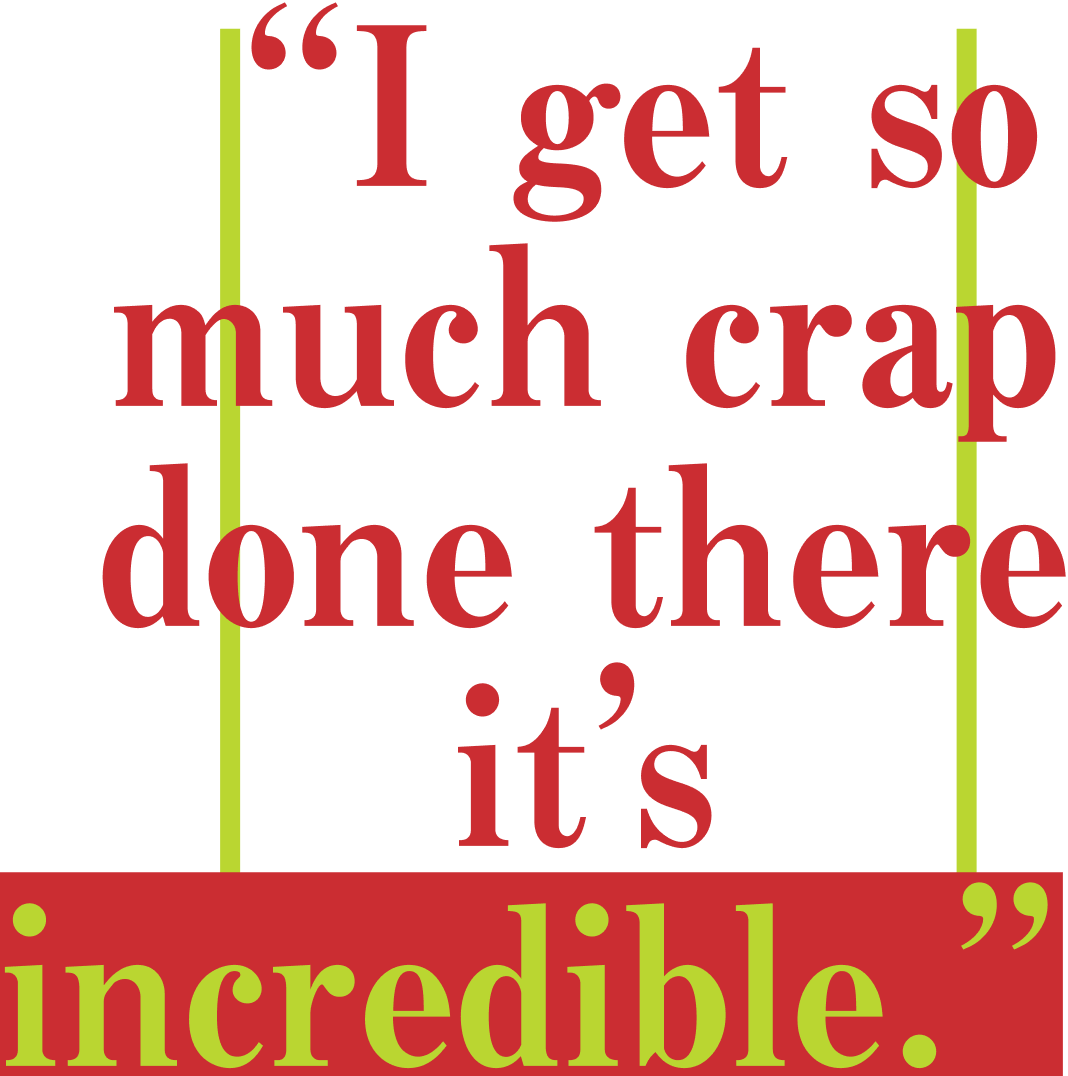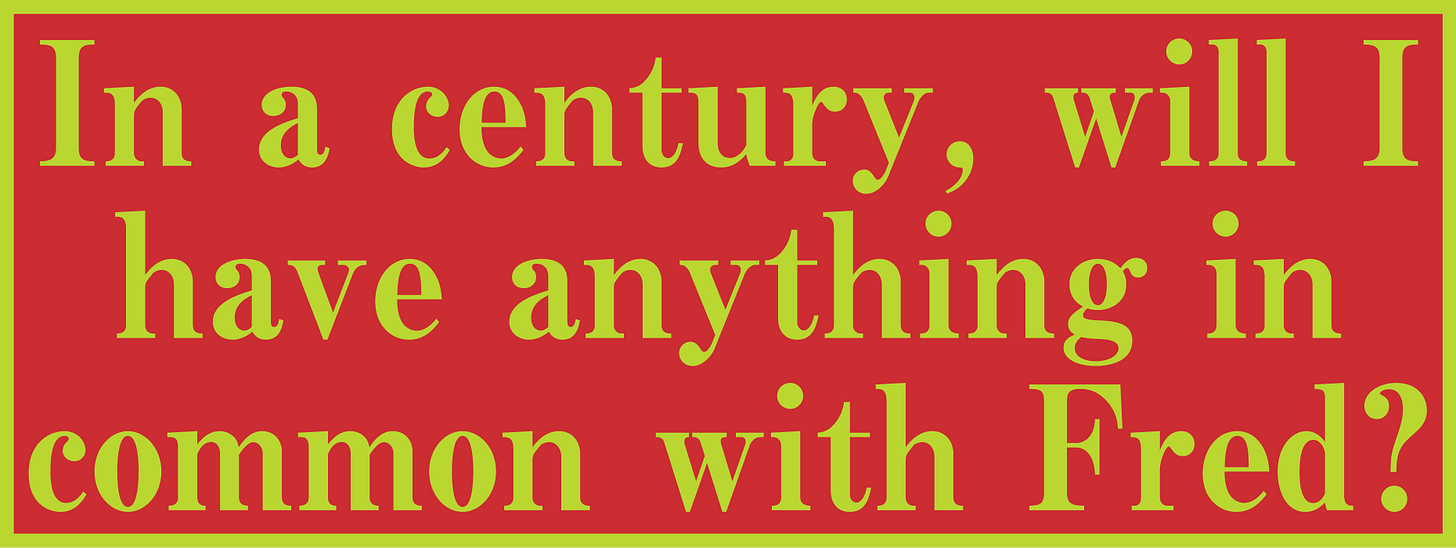In Paris
Maybe that’s the confession: I’m just another working writer, trying to level up.
We were lucky to be here: artists or researchers in the pelotons of our fields, sitting on plastic chairs in a 17th-century cloister—specifically, an artist’s residency in Paris’ 10th—banging out papers, films, photographs, academic work. It was fun, chipping away for months on a big thing and every now and then heading into town. A series of portraits of residents decorating the grounds, with titles and hometowns as captions, spoke to the variety. A director from Benghazi, some college professors, a statistician from Almaty, a poet… I think a poet… a chef. I got along best with another guy, also here from New York: a painter, Basquiat’s former assistant, who was convinced he was being hunted down by the Arnaults. And then there was Fred.
Not that I should call him that—we’re not buddies, and we never spoke. Frederick Wiseman. Based in Boston and sometimes Paris. A director of 40-plus documentary films over 50-plus years. A MacArthur fellow. A giant in his field, a singular artist. He lived on the top floor, someone said, in one of the biggest apartments—that was his editing room. You might see him once in a blue moon walking the courtyard, getting groceries from Franprix, or working at the café downstairs. But then, you might see anyone doing that.
Honestly. He emanated an aura like no artist or researcher I’ve ever seen. On the couple of times I bumped into him—not literally—it was like seeing someone on their opening night, radiating a force field, electric. Only more powerful, like a skyscraper, and steady, kinetic, like a Kobe Bryant sort of thing. He felt like an idling Ferrari. This was a man in his 90s. Even writing this feels like a betrayal—it’s not cool to get up his ass. My only actual connection with the man was that, for a season, my mailbox was next to his. But if we’re being honest, he was also the reason I heard about the convent in the first place.
A bit more about the place. Centre des Récollets, originally built in 1603 as a Franciscan cloister, was remade, after stints as a hospital and a squat, into a city-owned artists residency in the 2000s, leased to Paris’ public housing agency and managed by different housing staff. It’s a block from the Canal Saint Martin, a few minutes from the Gare de l’Est train station and a quick Lime bike ride from everywhere else. Artists, researchers, and writers live in the 80 units; the grounds share space with Café A, a restaurant run by Paris’ order of architects. The grounds also house about seven small feral cats. Some residents stay there full-time, for a year or two, occasionally longer; some have families; some drop in once; some are part-time repeat visitors, like me. Wiseman had lived in the building, I read, since before the pandemic. I’m not ambivalent about disclosing his living situation, since it was through a news story that I learned about the place. The building is revealed in the lead of a New York Times Magazine profile, published early in the pandemic. “What if the Great American Novelist Doesn’t Write Novels?” the headline asks.
I was open to that question and would probably agree with the answer (yes). I read the story a year after it came out, full of late-pandemic boredom, and it gave me an itch. Could I use it? I was working on fiction—two good years into a book—and wanted to work on it more, have more time and more space to write it. I was enjoying the process a lot. Wouldn’t that be nice… in particular, I had to double-check the scenes that took place in Europe, to do it right and measure the distance, Joyce-style, from the street to the curb.
More concretely, very few people share common ground with him, which becomes evident after watching a couple of his flicks—if you can (they stream only on Kanopy, the free library service, and premiere occasionally at the New York Film Festival and on PBS). Watching even a couple, it becomes immediate that this body of work is peerless—in the cinema canon, sure, but also in terms of the art of research. These are magnificent films: visual and emotional clinics of cinematic space, shorn of didactic explanation, navigated by mood. Do they share a theme? Maybe. Many cover institutions—a city or neighbourhood, a ballet theatre, a boxing gym, a public school or edifice—and are often set in America, sometimes in France. The films wield access—to budget meetings, to the dean’s office, to the student union, to the janitor’s room—to within an inch of its life. There is no narration or interviews, but Wiseman and crew instead eavesdrop on meetings, a perverse office birthday celebration, or a man skipping rope. And since everything that happens where they’re shooting may show up in the film, most of the work, Wiseman has said in interviews, is spent in the edit. Filming may run up to 100 hours, with Wiseman holding the boom mic on most of his shoots; in his Paris edit, he’ll take months whittling it down to three or four hours. But despite all the work, these are films about people. They observe individuals living, albeit at their jobs. (Howard Hawks’ movies are also about this.) At best, his films make the entire genre of documentary filmmaking seem simple and pointless. Like I said, I don’t have much in common with him. I’m comparatively very early in my career.
I didn’t mention any of this, of course, years ago when I found the residency’s email somewhere online and messaged them to see if they had an open room. I just wanted to work. Is the confession that I don’t belong there? No—definitely not. I had to ask to get in, and it was up to them. I was after things in Paris that I could have gotten anywhere else—space and time, a change of scenery, getting work done on the cheap—which everyone’s after. I also like speaking French. When they said yes, I made my arrangements and moved in for a few months. I bopped around, jotted my hydrant details—silver, with different bonnet colours determined by pressure; they also have special alleyways there just for firemen—drank full-fat Cokes in my studio as I edited one draft, then another. Subsequent stays were very similar; I get so much crap done there it’s incredible. I will admit, though, to an inversion of detail outside that email. Back home in New York, I had kept mum about why I was going. I may have mentioned to friends at the bar I was writing a novel. If people asked, I’d explain that’s why I moonlit in France. But I haven’t, outside of this story, written about it.
To be sure, that’s because it’s not done. I’ve noticed that sometimes when people try a new type of work, their self-perception takes a hit when they analyse what they’re doing. Someone with too much self-insight might reveal impostor syndrome, fraud, guilt, and a raft of other things. “I shouldn’t be writing this thing,” or “I don’t belong with the names on my shelf.” The confession on my end is that no part of me feels that. Everyone’s got a shot. It’s not that deep. People try to write books, especially working writers. I’m certainly not entitled to anything, but things going right have happened before. Good work is not unrealistic. Maybe that’s the confession: I’m just another working writer, trying to level up.
Hopefully, man. Maybe. Hard to say. It’s a high bar to chase and it would take me, by most measures, lifetimes to catch up to his work. There is, though, one big thing we share. There’s a reason why we came to Récollets, Fred and I, Fred and everyone else. The same reason we might say hello briefly, but otherwise keep to ourselves. We’re both there to work. He’s at his edit on the top floor; I’m in my room, a different one every season. Outside of the building, we couldn’t be more different. But in Paris, we’re both just at our desks.
Sami Reiss is a writer based in New York City. He is the proprietor of the design newsletter “Snake” and its wellness companion “Super Health.”









